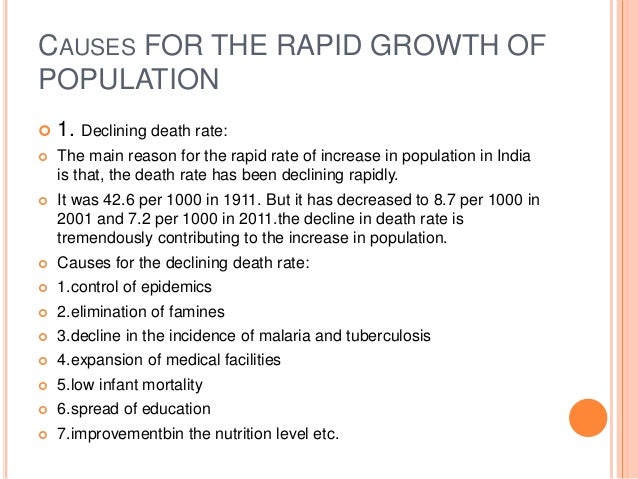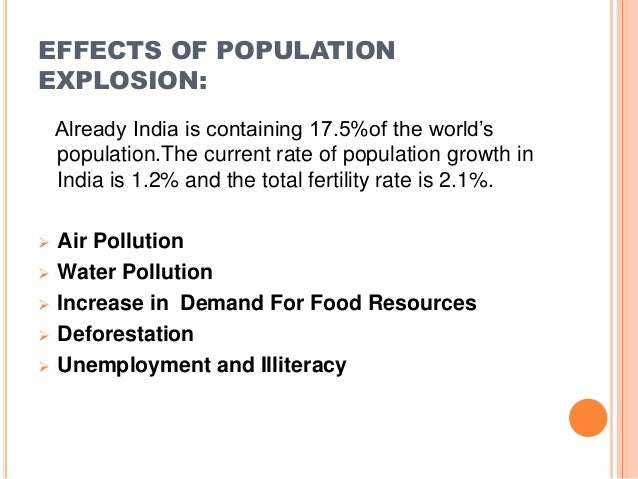India’s population data & Projections
Relevance: G.S paper I: Society and Social Issues & Sociology: Population Dynamics:
(a) Population size, growth, composition and distribution.
(b) Components of population growth: birth, death, migration.
(c) Population policy and family planning.
Context:
- A new study published in the highly regarded journal, The Lancet, has shaken up the world of population policy.
- It argues that while India is destined to be the largest country in the world, its population will peak by mid-century.
- And as the 21st century closes, its ultimate population will be far smaller than anyone could have anticipated, about 1.09 billion instead of approximately 1.35 billion today. It could even be as low as 724 million.
- The population projections are also subject to underlying assumptions that deserve careful scrutiny. They predict that by the year 2100, on average, Indian women will have 1.29 children.
- Since each woman must have two children to replace herself and her husband, this will result in a sharp population decline.
- Contrast this predicted fertility rate of 1.29 for India with the projected cohort fertility of 1.53 for the United States and 1.78 for France in the same model.
- It is difficult to believe that Indian parents could be less committed to childbearing than American or French parents.
- The UN projects that India’s population will be 1.64 billion by 2050.
Fertility decline:
7.png)
- India’s demographic future contains a peaking and subsequently declining population driven by a sharp reduction in fertility.
- In the 1950s, India’s Total fertility rate (TFR) was nearly six children per woman; today it is 2.2.
- Ironically, the massive push for family planning coupled with forced sterilisation during the Emergency barely led to a 17% decline in TFR from 5.9 in 1960 to 4.9 in 1980.
- However, between 1992 and 2015, it had fallen by 35% from 3.4 to 2.2.
- What happened to accelerate fertility decline to a level where 18 States and Union Territories have a TFR below 2, the replacement level?
- One might attribute it to the success of the family planning programme but family planning has long lost its primacy in the Indian policy discourse.
- Between 1975 and 1994, family planning workers had targets they were expected to meet regarding sterilisations, condom distribution and intrauterine device (IUD) insertion.
- Often these targets led to explicit or implicit coercion. Following the Cairo conference on Population and Development in 1994, these targets were abandoned.
- If carrots have been dropped, the stick of policies designed to punish people with large families has been largely ineffective.
- Punitive policies include denial of maternity leave for third and subsequent births, limiting benefits of maternity schemes and ineligibility to contest in local body elections for individuals with large families.

Aspirational revolution:
- If public policies to encourage the small family norm or to provide contraception have been lackadaisical, what led couples to abandon the ideal of large families?
- It seems highly probable that the socioeconomic transformation of India since the 1990s has played an important role.
- Over this period, agriculture became an increasingly smaller part of the Indian economy.
- School and college enrolment grew sharply and individuals lucky enough to find a job in government, multinationals or software services companies reaped tremendous financial benefits.
- Not surprisingly, parents began to rethink their family-building strategies.
- Where farmers used to see more workers when they saw their children, the new aspirational parents see enrollment in coaching classes as a ticket to success.
- The literature on fertility decline in western countries attributes the decline in fertility to retreat from the family.
- Indian parents seem to demonstrate increased rather than decreased commitment to family by reducing the number of children and investing more in each child.
- Research finds that small and large families do not differ in their leisure activities, women’s participation in the workforce or how many material goods they purchase.
- However, smaller families invest more money in their children by sending them to private schools and coaching classes. It is not aspirations for self but that for children that seems to drive fertility decline.
Conclusion:
- Demographic data suggest that the aspirational revolution is already under way.
- What we need to hasten the fertility decline is to ensure that the health and family welfare system is up to this challenge and provides contraception and sexual and reproductive health services that allow individuals to have only as many children as they want.
- The country’s demographic future will see peaking and then declining numbers driven by a sharp fertility reduction
For more such notes, Articles, News & Views Join our Telegram Channel.
Click the link below to see the details about the UPSC –Civils courses offered by Triumph IAS. https://triumphias.com/pages-all-courses.php


